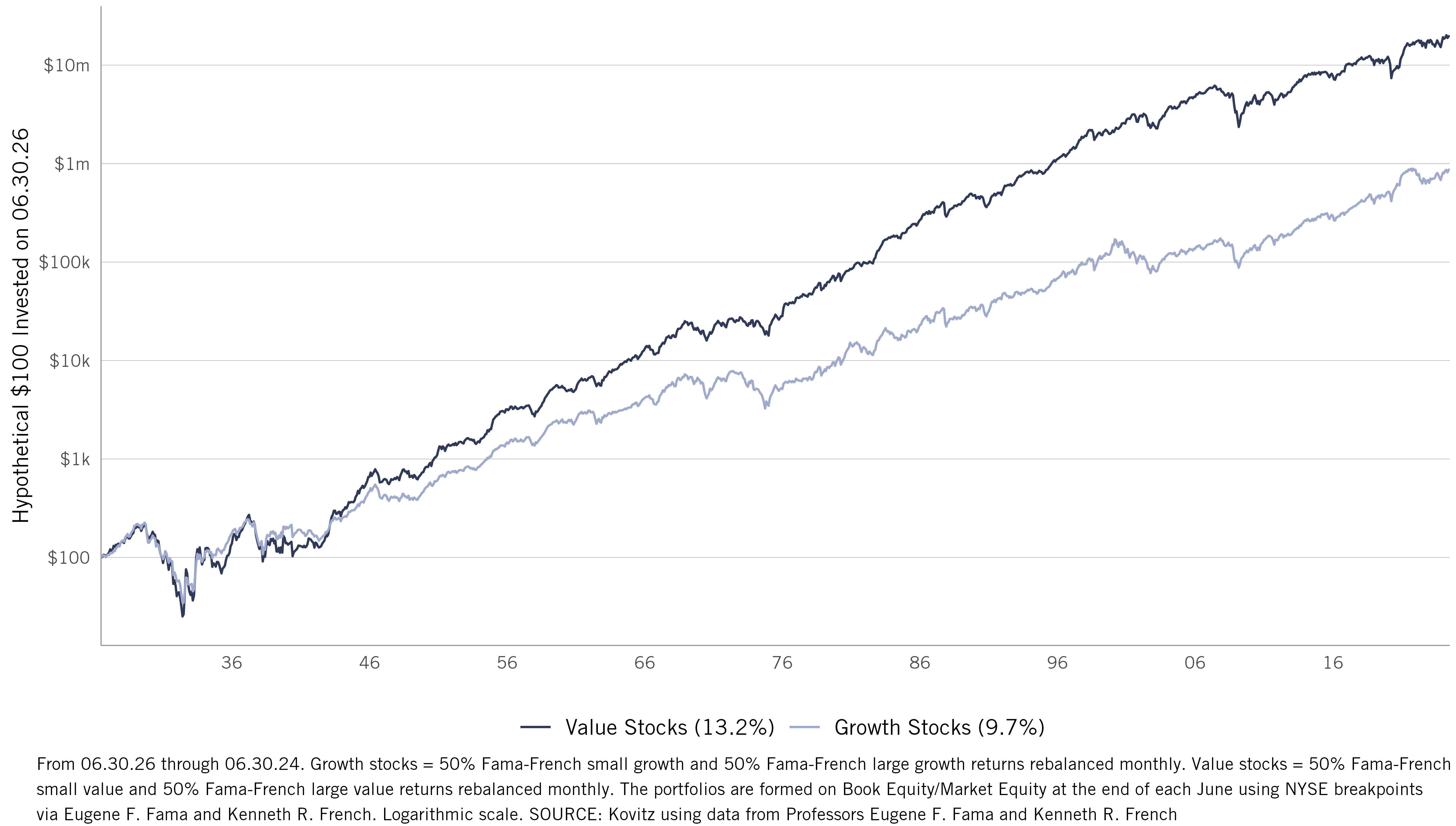
Are you wondering about how to invest in uncertain times? It can be nerve-wracking and stressful, but abrupt changes to your asset allocations during times of market stress can quickly derail you from your long-term path to financial success. We were served a reminder recently when Japan’s stock market plunged more than 10% on Monday, August 5. The benchmark Nikkei 225 index turned in its worst day in 37 years and had investors in other global markets bracing for ugly days ahead. Yet the Nikkei 225 soared more than 10% the following day, returning investors near to their starting point.
Do Not Fear Uncertainty
We like to write that time in the market trumps market timing and the two-day excitement at the beginning of August would seem to show that panic-selling stocks on Monday would have been disastrous for one’s wealth by the time stocks started trading on Tuesday. Of course, not all bounce-backs happen so quickly, but they have historically happened over the course of the last almost-100 years, while stocks of all types have marched higher over longer periods of time.

Invest in Uncertain Times and Know These 8 Things
Short-term market moves are nearly impossible to predict, making it potentially valuable to position your portfolio in a way that is appropriate for your personal financial situation. Here are some tips on how to manage your investments to ride through periods of market volatility and economic uncertainty:
-
Focus on Quality Investments
- Blue-Chip Stocks: Established companies with strong balance sheets, consistent earnings and a history of weathering downturns can provide stability in times of market stress.
- Dividend-Paying Stocks: Companies that pay regular dividends have historically tended to be more stable and can provide income even when stock prices are volatile.
- Across Asset Classes: Include a mix of stocks, bonds and real estate.
- Geographical Diversification: Invest in different areas, states or countries. For the most diversification benefits, it’s ideal to have exposures that do not move in lockstep.
- Sector Diversification: Spread investments across different sectors (e.g., Information Technology, Health Care, Consumer Staples) to reduce exposure to any single industry’s downturn.
- Liquidity: Hold a portion of your portfolio in cash or cash equivalents to take advantage of buying opportunities when markets are down. Of course, we think long-term investors should not be jumping in and out of the market. Liquidity should be a method to manage near-term cash needs such as rent or food.
-
Rebalance Your Portfolio
- Adjust Asset Allocation: Regularly review your portfolio and adjust your asset allocation to ensure it aligns with your risk tolerance and investment goals.
- Trim Overexposure: Monitor and evaluate exposure to highly volatile or speculative investments to ensure they fit your risk profile.
-
Adopt a Long-Term Perspective
- Stay the Course: Focus on your long-term goals and avoid making impulsive decisions based on short-term market fluctuations.
- Dollar-Cost Averaging: Continue investing regularly, even in a down market, to take advantage of lower prices and reduce the impact of volatility.
-
Consider Hedging Strategies
- Options & Derivatives: Investors with more complicated financial situations might benefit from options and derivatives. These investments can quickly get an investor into a bad position, so we encourage folks interested in hands-on risk management to contact us.
-
Avoid Panic Selling
- Emotional Control: Don’t let fear drive your investment decisions. Selling in a panic can lock in losses and prevents you from benefiting from a market recovery.
Stay the Course and Invest in Uncertain Times
By employing these strategies, we believe you can make it easier to stay on the path to achieving your personal, long-term financial goals.
Kovitz Investment Group Partners, LLC (“Kovitz”) is an investment adviser registered with the Securities and Exchange Commission. This report should only be considered as a tool in any investment decision and should not be used by itself to make investment decisions. Opinions expressed are only our current opinions or our opinions on the posting date. Any graphs, data, or information in this publication are considered reliably sourced, but no representation is made that it is accurate or complete and should not be relied upon as such. This information is subject to change without notice at any time, based on market and other conditions. Past performance is not indicative of future results, which may vary.




